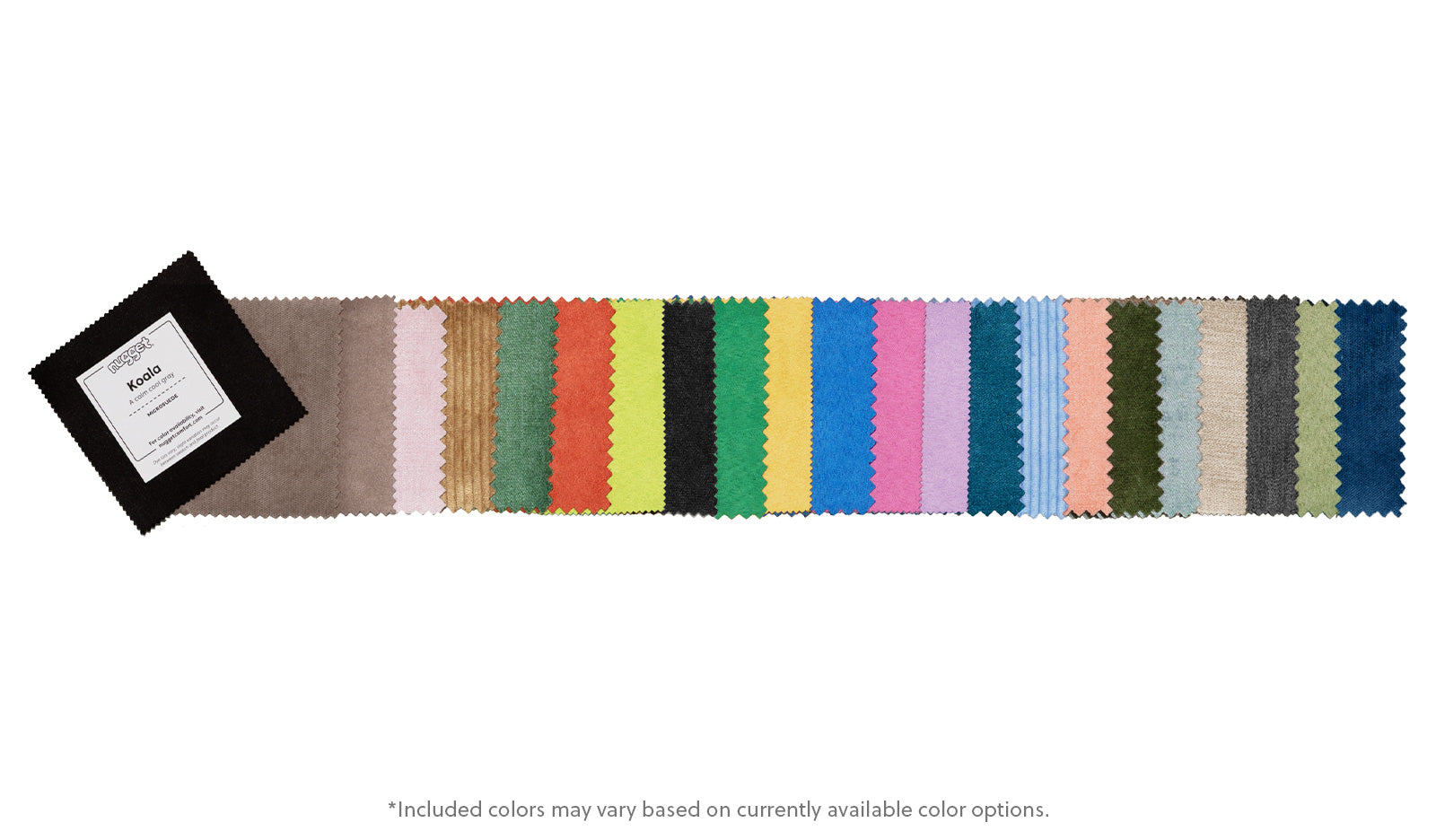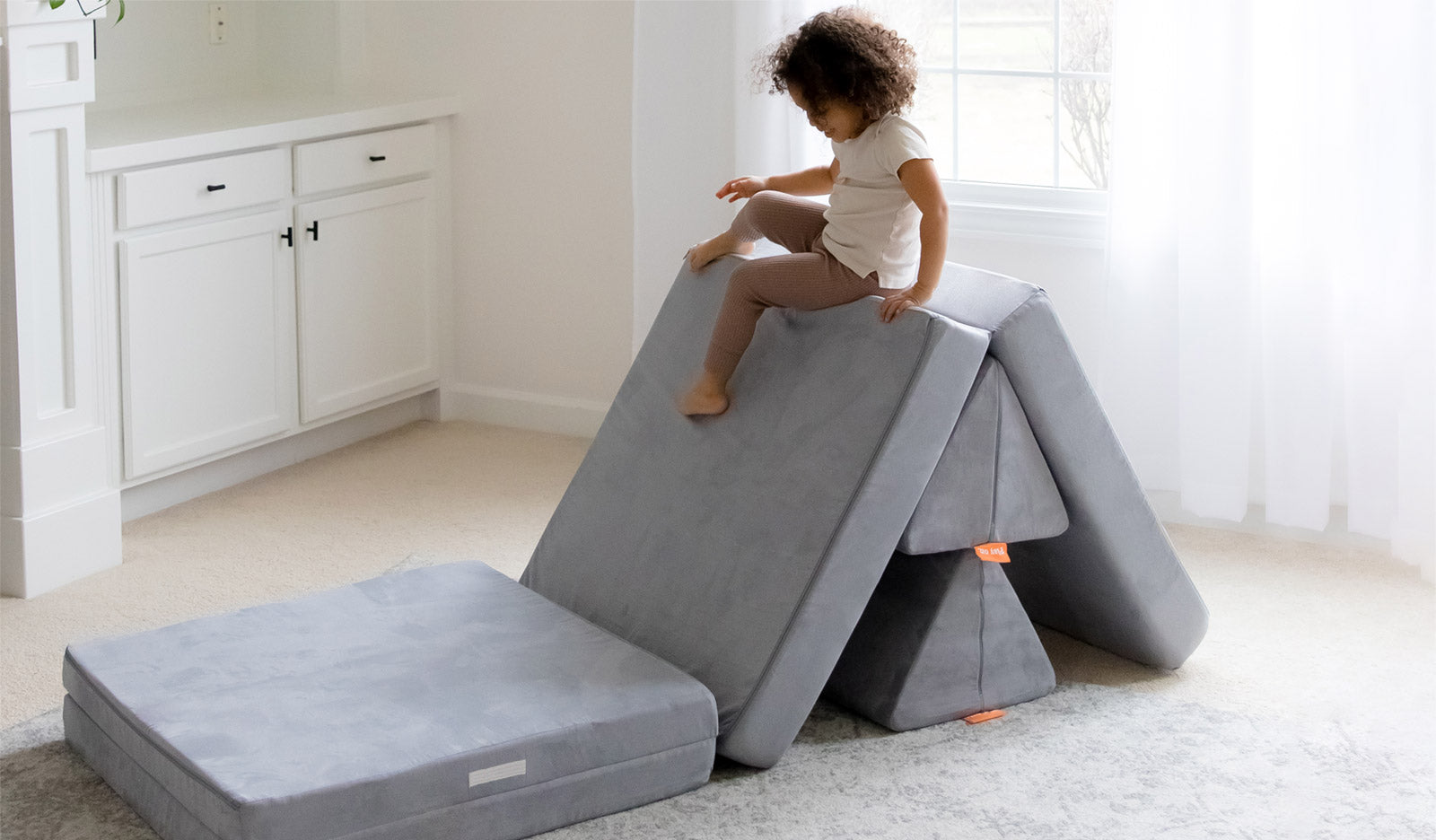Celebrating Lunar New Year
Lunar New Year is just around the corner, and we’re thrilled that Shuli from @AsianLitforKids is bringing her knowledge and expertise to Nuggeteers with this guest blog post. Read on to learn more about this holiday and pick out your next book for storytime!
Following the traditional lunisolar calendar of China, Lunar New Year is celebrated in a diversity of ways in China, the Chinese diaspora around Southeast Asia, Vietnam, Mongolia, Korea, Japan, Tibet, Nepal, Bhutan, and a few other cultures.
Lunar New Year is known as Chūn Jié (in Mandarin Chinese), Tết Nguyên Đán or simply as Tết (in Vietnamese), Seollal (in Korean), Losar (in Tibetan), and Tsagaan Sar (in Mongolian). Each culture celebrates differently, though for all cultures who celebrate, the cleaning of the home, a large meal with extended family, and the freshness of a new year is the emphasis. For each culture, there are significant foods such as yee sang (toss salad) in Malaysian and Singaporean culture, bánh tét or bánh chưng (a glutinous rice cake) in Vietnamese culture, sugar cane and green bananas in Bhutanese culture, tteokguk (rice cake soup) in Korean culture. Significant traditions include receiving money in red envelopes in Chinese culture, sebae (bowing to elders) in Korean culture, and offering blessings with a chemar, a decorated box containing a fine barley flour in Tibetan culture.
This year, Lunar New Year starts on February 1 for most cultures, with Losar starting on March 3, 2022. Lunar New Year is celebrated between 3 to 15 days, depending on the culture.

Many Korean Americans celebrate on January 1, because during Japanese colonization, Seollal was banned. Though the holiday is reinstated in Korea, many Korean Americans still celebrate on January 1 as they immigrated before the change was made in Korea. In Japan, Shōgatsu has been celebrated on January 1 since 1873, but in Okinawa, they still celebrate according to the lunisolar calendar.
Check out the following Own Voices books that showcase a variety of Lunar New Year traditions!
 Màu của Tết (The Colors of Tết), written by Ha Huyen, illustrated by Ha Nguyen and Huyen Van
Màu của Tết (The Colors of Tết), written by Ha Huyen, illustrated by Ha Nguyen and Huyen Van
This bilingual board book in English and Vietnamese is a color book that goes through important aspects of Tết. It begins with a city scene in Vietnam and takes the reader into a peek of the life of a family celebrating that day. From the colors of áo dàis to lucky money envelopes to Mai flowers to steaming bánh chưng – this is a fun and much needed one to add to your other Lunar New Year books!
I love this book because… Vietnamese representation in children’s books is so rare. Many Lunar New Year books are dominated by stories about Chinese culture, and this is a super fun and engaging celebration of the Vietnamese New Year.
 Tastes of Lunar New Year, written by Cheryl Yau Chepusova, illustrated by Mori Chiang
Tastes of Lunar New Year, written by Cheryl Yau Chepusova, illustrated by Mori Chiang
Because of the Asian diaspora across the world, Lunar New Year traditions are immensely diverse depending on the region. This book includes food traditions from all around the world: the UK, Korea, Malaysia, Taiwan, China, the US, Hong Kong, Vietnam, and Singapore. From kuih bakul to pineapple cakes to pearl dumplings to steamed fish to bánh chưng – this is a true foodie book!
I love this book because… it is a beautiful celebration of the diversity of Lunar New Year. The artwork is both playful, immensely detailed, and just pure delight with the twelve zodiac animals and subtle architectural landmarks appearing throughout the book.
 The Nian Monster, written by Andrea Wang, illustrated by Alina Chau
The Nian Monster, written by Andrea Wang, illustrated by Alina Chau
In Chinese mythology, Nian (which is also the Mandarin word for 'year') is a beast who lives in the mountains or under the sea. Once a year, it comes out to feed on humans and animals, and the people wear red (a color it fears) and set off fireworks and beat drums to scare it.
The Nian Monster is an empowering modern twist on this legend, set in Shanghai. Xingling and her grandmother are getting ready for the festivities, when all of a sudden Nian creeps past their apartment window and announces he’s going to devour the city. Over the next three days, Xingling brings Nian a giant bowl of long noodles, nets full of milkfish, an enormous rice cake – all of which leaves Nian in a sleepy stupor from all the food. Their gallivanting around the city brings them to significant Shanghai landmarks.
I love this book because… what’s not to love about a story about a strong, female protagonist? I love the new take on an old story and this showcase of significant Chinese food for the new year.
 A New Year’s Reunion, written by Yu Li-Qiong, illustrated by Zhu Cheng-Liang
A New Year’s Reunion, written by Yu Li-Qiong, illustrated by Zhu Cheng-Liang
It is the new year, and Papa is coming home! Maomao accompanies Papa as they get ready for the festivities – from getting a haircut, making sticky rice balls, visiting friends and family, fixing the roof, and playing in the snow. When Maomao receives a special fortune coin hidden in her sticky rice ball soup, she holds it dearly as a reminder of her Papa.
I love this book because… it brings to light the life of migrant workers, one-third of the total number of workers of the entire working population in China. During the new year, millions of workers travel back to their hometowns. This is a moving story about the bond of a child getting to know her father again after separation and of tender memories formed together.
 Dumpling Soup, written by Jana Kim Rattagan, illustrated by Lillian Hsu-Flanders
Dumpling Soup, written by Jana Kim Rattagan, illustrated by Lillian Hsu-Flanders
This classic story follows the story of a multi-cultural family in Hawai'i as they prepare for the new year celebrations. Marisa's family is mostly Korean, with a mix of Japanese, Chinese, Hawaiian, and white. It is her year to help make the mandoo. This story bursts with life and captures that exact feeling you have when your house is full to the brim of all your relatives and cousins.
I love this book because… it was first published in 1993 and is a reminder of how good books stand the test of time. This is such an engaging story, with its amazing food descriptions (sushi, jhun, sashimi, mochi, kimchi, bean sprout namul, yak pak, and more!) and nods to local Oahu landmarks as a celebration of the pan-East Asian and Hawaiian experience.
 Friends Are Friends Forever, written by Dane Liu, illustrated by Lynn Scurfield
Friends Are Friends Forever, written by Dane Liu, illustrated by Lynn Scurfield
This story is about immigration, making a new home, and friendship loss and friendship gain, all set against the backdrop of Lunar New Year celebrations from one year to another. Dandan and Yueyue are best friends, and during their last new year together, they make paper snowflakes frozen into ice. When Dandan moves to America, she struggles to learn English and connect with her classmates. But one day, Christina shows her kindness when no one else does, and they form a bond that reminds her that friends are friends, forever.
I love this book because… it is such a well-written and tender story about the significance of childhood friendship. It is both full of sadness and full of hope, and such a wonderful example of how impactful it is to have just one person see and accept you as you truly are.
Mindy Kim and the Lunar New Year Parade, written by Lyla Lee, illustrated by Dung Ho
This early chapter book will pull on your heart’s strings! Follow Mindy Kim as she and her Dad gear up to celebrate Lunar New Year. This book packs in the confidence of a Korean American girl celebrating and sharing her culture, navigating through the grief of celebrating for the first time since her Mom’s death, and showcasing a friendship that is pure friendship goals.
I love this book because… it is a beautiful display of a loving dad and daughter relationship and a kid who is stoked to show off her culture (countering the common trope of being embarrassed by one’s cultural food and traditions.)

Shuli de la Fuente-Lau (she/her) is an assistant principal at an elementary school, creator of the Instagram @AsianLitforKids, and the Content Director at LittleFeminist.com – a monthly book club subscription and publishing house. Find more picture book recommendations featuring characters of Asian identities at her affiliate Bookshop.
